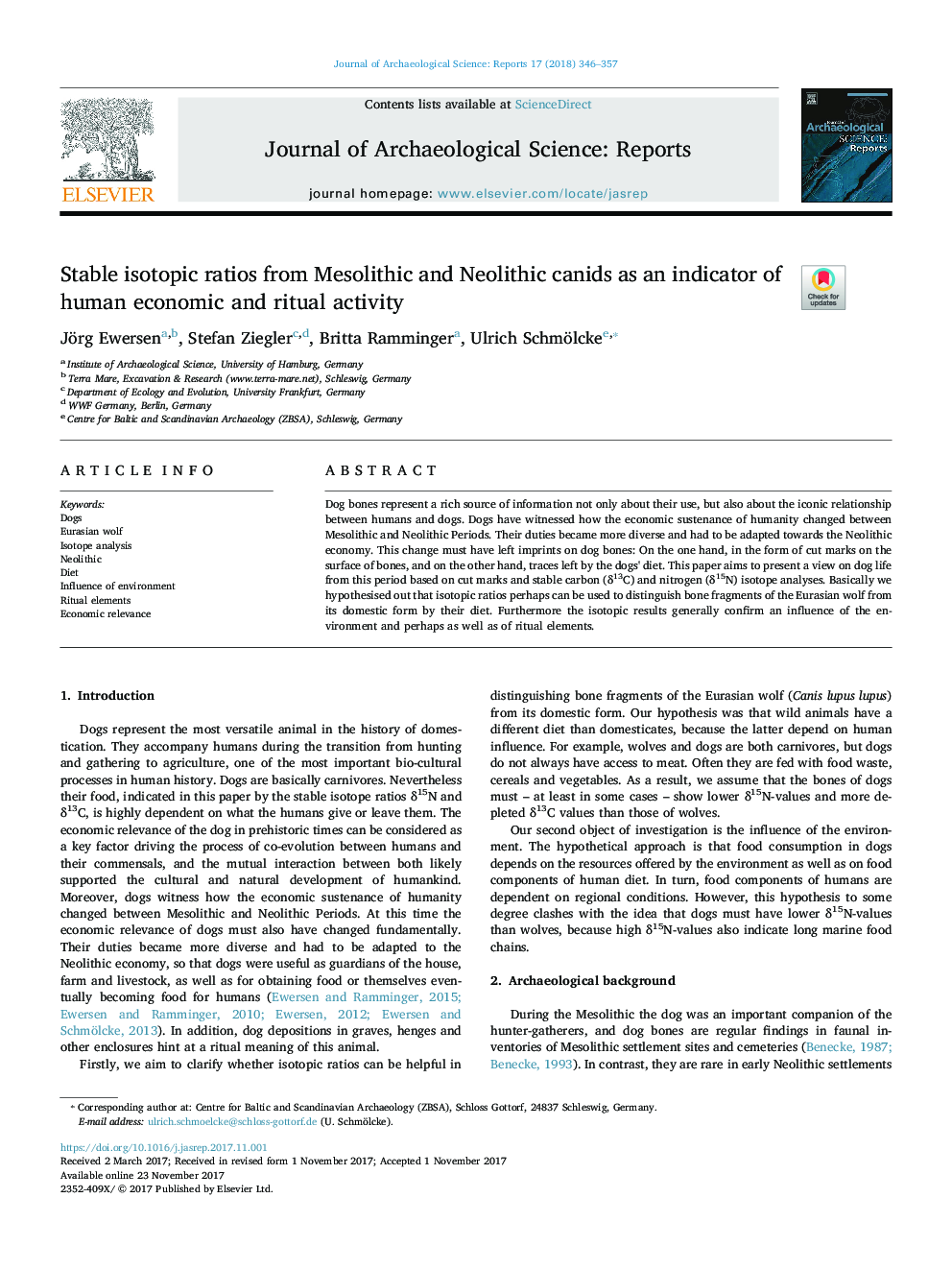| Article ID | Journal | Published Year | Pages | File Type |
|---|---|---|---|---|
| 7445202 | Journal of Archaeological Science: Reports | 2018 | 12 Pages |
Abstract
Dog bones represent a rich source of information not only about their use, but also about the iconic relationship between humans and dogs. Dogs have witnessed how the economic sustenance of humanity changed between Mesolithic and Neolithic Periods. Their duties became more diverse and had to be adapted towards the Neolithic economy. This change must have left imprints on dog bones: On the one hand, in the form of cut marks on the surface of bones, and on the other hand, traces left by the dogs' diet. This paper aims to present a view on dog life from this period based on cut marks and stable carbon (δ13C) and nitrogen (δ15N) isotope analyses. Basically we hypothesised out that isotopic ratios perhaps can be used to distinguish bone fragments of the Eurasian wolf from its domestic form by their diet. Furthermore the isotopic results generally confirm an influence of the environment and perhaps as well as of ritual elements.
Keywords
Related Topics
Social Sciences and Humanities
Arts and Humanities
History
Authors
Jörg Ewersen, Stefan Ziegler, Britta Ramminger, Ulrich Schmölcke,
